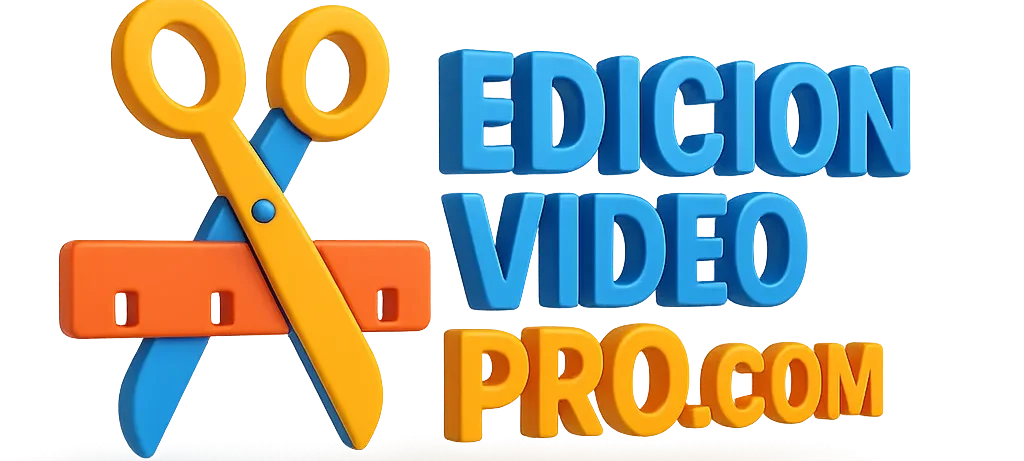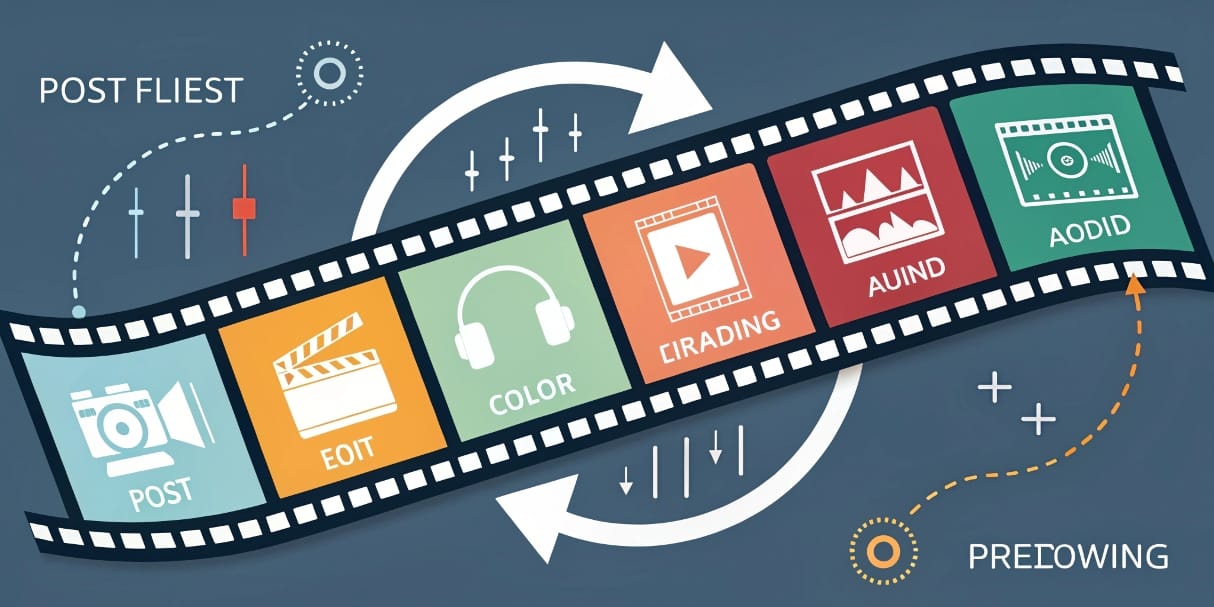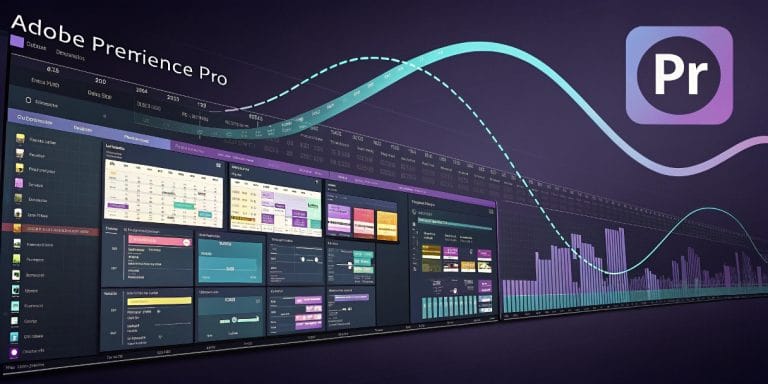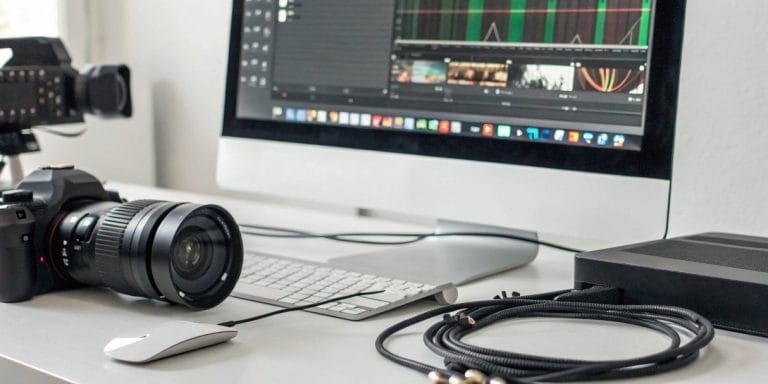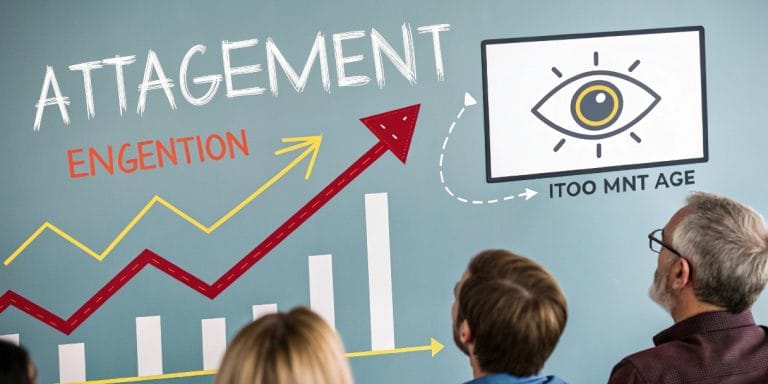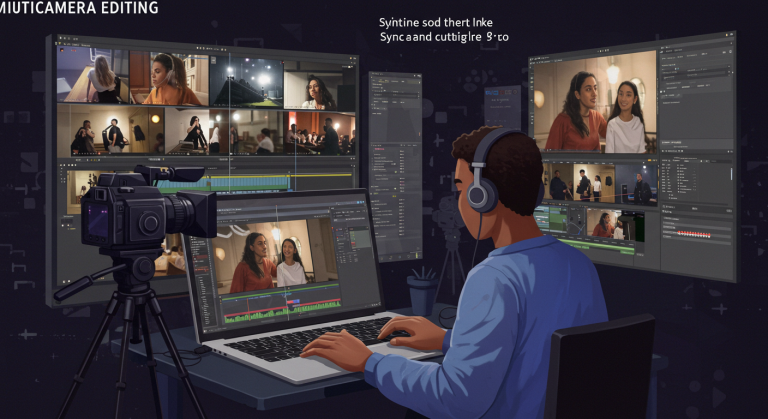Video Post-Production Workflow: From Ingest to Final Delivery
Efficient Post-Production Workflow: From Ingest to Final Delivery
You’ve captured incredible moments, recorded key interviews, or produced valuable brand footage. But how do you transform all that raw material into a polished, optimized, and timely delivered final video? The key lies in a well-defined post-production workflow.
In the world of video creation, post-production is where the magic of editing, color, and audio merges to tell your story. However, without an efficient workflow, this process can become chaotic, slow, and frustrating, consuming valuable time and risking the final quality.
At EdicionVideoPro, our daily experience with hundreds of projects has taught us that a solid system is vital. It not only allows us to consistently deliver professional videos but also gives us the agility to face any challenge. In this comprehensive guide, we’ll break down a step-by-step post-production workflow, from when the material enters your system until the final video is ready for the world.
Why Do You Need a Well-Defined Post-Production Workflow?
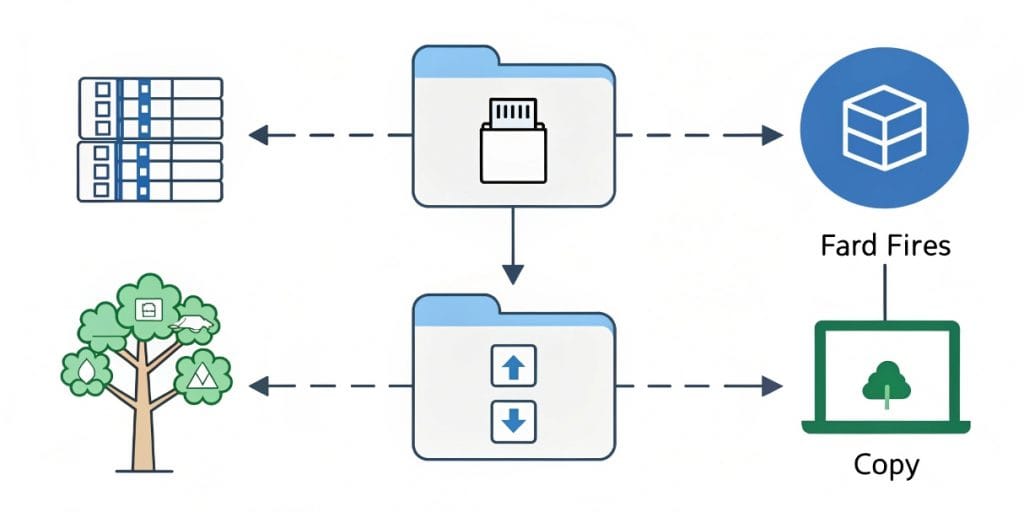
- Extreme Efficiency: Saves time, reduces frustration, and allows you to handle more projects.
- Consistent Quality: Ensures no crucial step is forgotten and that the final result is always professional.
- Secure File Management: Minimizes the risk of losing footage or project corruption.
- Facilitates Collaboration: If you work in a team, everyone knows where and how to proceed.
- Professionalism: Shows that you are methodical and reliable.
- Less Rework: Identifies problems before they become major headaches.
The Phases of the Post-Production Workflow (Our Approach)
Every project is unique, but this outline is the foundation we constantly adapt:
Phase 1: Ingest and Organization (Order IS Gold)
This is the foundation. A good start prevents future headaches.
- Backup Raw Footage: First and foremost, copy all material from your recording cards to a working hard drive! And then, ideally, to a second backup location (following the 3-2-1 Rule). NEVER edit directly from your cards.
- Robust Folder Structure: Create a consistent folder structure on your hard drive for EVERY project (Raw Footage, Editing Project, Audio, Graphics, Exports…). Organization is your lifesaver.
- Rename Files (If Necessary): Use a descriptive naming system for your clips (e.g., 20240415_Interview_John_Cam1_Take3.mov).
- Ingest into Editing Software: Import the material into your Non-Linear Editor (NLE). Within your software, replicate the folder structure using “Bins” or “Events” to keep everything tidy.
- Generate Proxies (If Necessary): If you’re working with heavy footage (4K, H.265, RAW) or on a less powerful computer, generate proxy files for smooth editing.
Phase 2: Assembly & Editing (The Visual Skeleton)
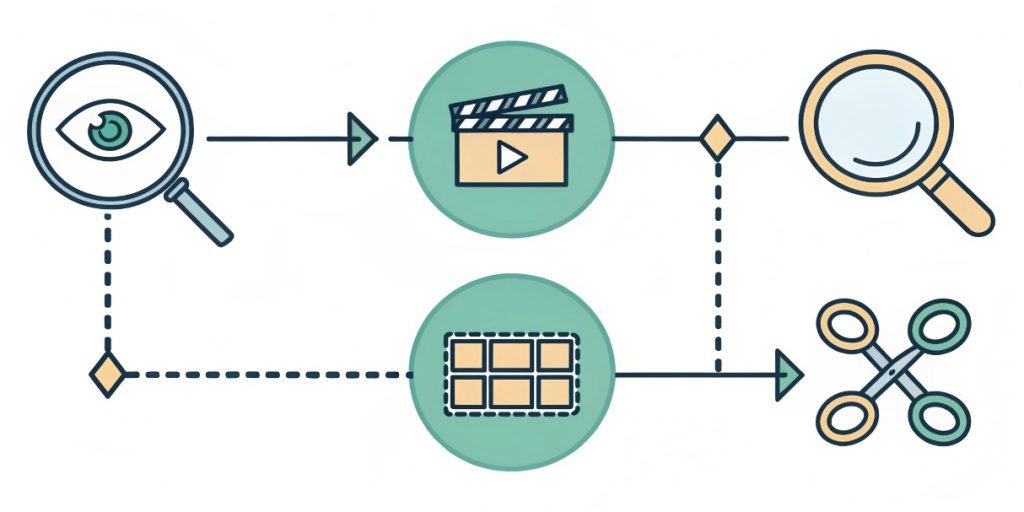
This is where the story takes shape.
- Review and Select Footage: Watch all your raw footage. Mark key clips or sections you want to use (In/Out points). Identify B-Roll and supporting shots.
- Sequence Creation: Create your timeline with the correct settings (resolution, FPS).
- Rough Cut Assembly (First Draft): Arrange the main clips in sequence to build the skeleton of your story. Don’t worry about perfection yet, just the overall storytelling flow.
- Fine Cut Refinement: Adjust the duration of each clip, remove pauses, improve the rhythm. Here you’ll use tools like the razor blade and trim edits. Consider J-Cuts and L-Cuts for smooth transitions.
- B-Roll and Visual Details Editing: Insert supporting shots to illustrate, hide cuts, and add dynamism.
Phase 3: Audio (Half the Experience)
Good sound elevates your video; bad sound ruins it.
- Audio Syncing: If you recorded external audio, sync it with your video (manually or automatically).
- Basic Audio Cleanup: Remove background noise, hums, and adjust overall voice levels. Check our guide on clean audio.
- Music Selection and Editing: Choose legal music that complements the video. Adjust it to the duration and rhythm.
- Basic Audio Mixing: Balance the volume of dialogue, music, ambient sound, and sound effects so everything sounds harmonious. Audio mixing is key.
- Sound Design (SFX): Add specific sound effects to enhance actions or create atmosphere.
Phase 4: Color and Graphics (The Visual Touch and Clarity)
This is where your video starts to look and feel polished.
- Primary Color Correction: Adjust white balance, exposure, and contrast to achieve natural and consistent colors between shots.
- Creative Color Grading: Apply a visual style (“look”) or atmosphere to your video. You can use LUTs or curves. If you recorded in LOG, this step is fundamental.
- Secondary/Selective Color Correction: Make fine adjustments to specific colors or areas of the image using tools like HSL or masks.
- Motion Graphics and Titles: Add lower thirds, animated titles, logos, and other basic infographics that reinforce your message or brand.
Phase 5: Review and Feedback (Fine-Tuning the Product)
This is the phase where details are polished!
- Internal Review (by Editor): Watch the complete video several times, with fresh eyes. Does it flow? Is it clear? Are there any errors?
- Client/Collaborator Feedback: Share a review version with watermarks or on a secure platform. Ask for specific comments.
- Editing Iteration: Make requested changes and resubmit for approval. This cycle repeats until final approval.
- Quality Control (QC): A final technical check: no offline clips? no clipped audio? correct resolution?
Phase 6: Export and Final Delivery (The Grand Finale)
The final step for your video to see the light.
- Optimized Export: Configure optimal export settings for each target platform (YouTube, Instagram, TikTok, web). Ensure vertical resolution if it’s for social media.
- Final Quality Control: Open the exported file and review it 100%. Does it look and sound perfect?
- Delivery to Client: Use large file transfer platforms (WeTransfer, Dropbox, Google Drive, Frame.io) or your own client platform.
EdicionVideoPro Tips for a Super Efficient Workflow
- Organization from Day 1: Don’t underestimate this. It’s the secret to speed and peace of mind.
- Learn Keyboard Shortcuts: They are your biggest allies for efficiency.
- Create Presets and Templates: For export, effects, titles. They save a lot of time.
- Version Your Sequences: Don’t overwrite. Duplicate sequences with clear names to have rollback points.
- Clear Communication with the Client: From the start, define expectations and review rounds.
- Invest in Hardware: An SSD and sufficient RAM (16GB+) make a huge difference.
- Rest Your Eyes (and Ears): After hours of editing, take a break. You’ll come back with a fresh perspective and spot errors.
Is Your Workflow a Bottleneck? EdicionVideoPro to the Rescue!
An efficient post-production workflow is the heart of our business. At EdicionVideoPro, we have refined these steps to guarantee not only the highest quality in every video but also efficiency and on-time delivery. If you feel post-production is consuming you, your workflow is chaotic, or you need a professional level of polish, we are your ideal partner.
Let us optimize your post-production. Contact us and let’s talk about your project.
Frequently Asked Questions (FAQ) – Post-Production Workflow
(Format for RankMath “FAQ” block)
Q: What is “Picture Lock” and why is it important?
A: It’s the point where the video edit (cuts, rhythm, sequence) is considered final and approved, before moving on to phases like audio mixing, color grading, or complex motion graphics. It’s crucial because changes after Picture Lock can force a lot of rework in subsequent phases.
Q: How long should each phase of the workflow last?
A: It varies greatly depending on the video’s length, complexity, amount of footage, your experience, and equipment. A short social media video might go through all phases in a few hours, while a documentary or long corporate video can take weeks or months. Efficiency in each phase is key.
Q: Do I need a very powerful computer for an efficient workflow?
A: It helps a lot, especially with the editing phase (reducing lag with heavy files) and export. However, a good proxy workflow and excellent organization can make a mid-range machine surprisingly efficient.
The Path to Post-Production Success
Mastering a well-structured post-production workflow is key to efficiency, quality, and success in video creation. From the organized ingest of your material to the optimized final delivery, every step is an opportunity to save time and ensure your video shines.
Implement these phases, be methodical, and don’t underestimate the power of organization and planning. You’ll see your video projects become smoother, less stressful, and, most importantly, much more professional.
And if you need a partner with proven experience to manage the entire post-production process, EdicionVideoPro is ready to offer you professional and efficient solutions.
